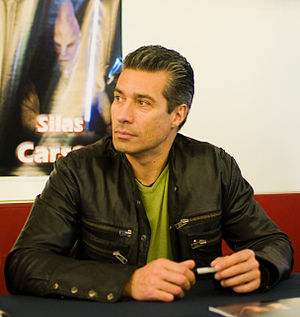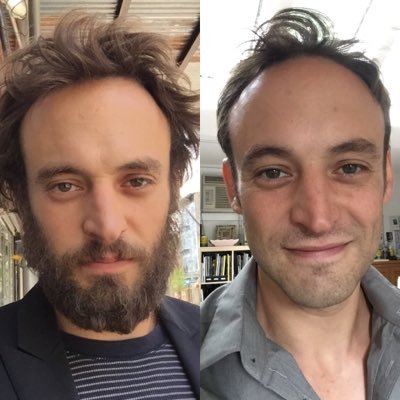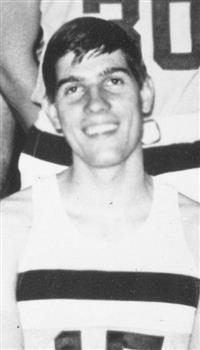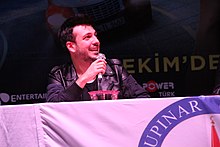Maurice Prince
Popular As Maurice of Nassau
Birthday November 14, 1909
Birth Sign Scorpio
Birthplace Dillenburg, County of Nassau, Holy Roman Empire
DEATH DATE 1625-4-23, The Hague, County of Holland, Dutch Republic (57 years old)
Nationality Germany
#38747 Most Popular














